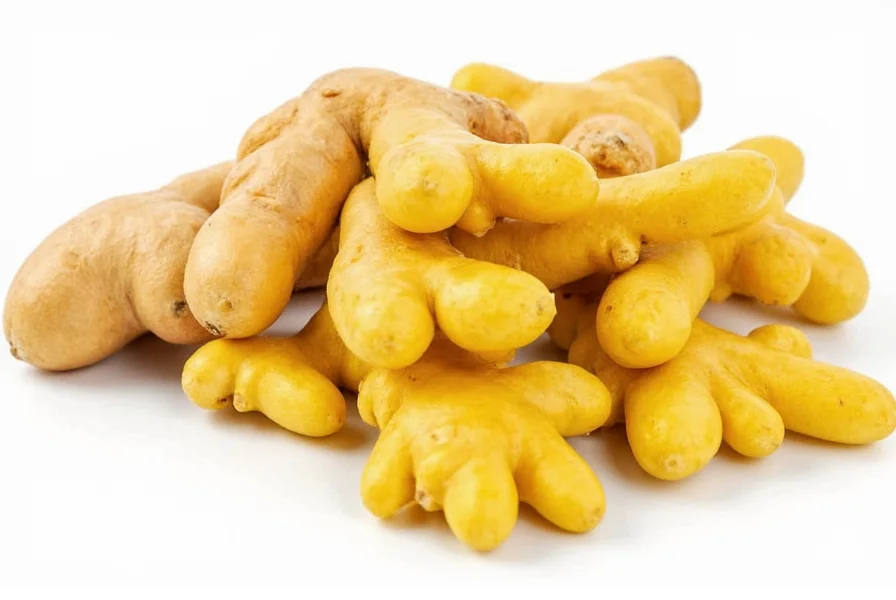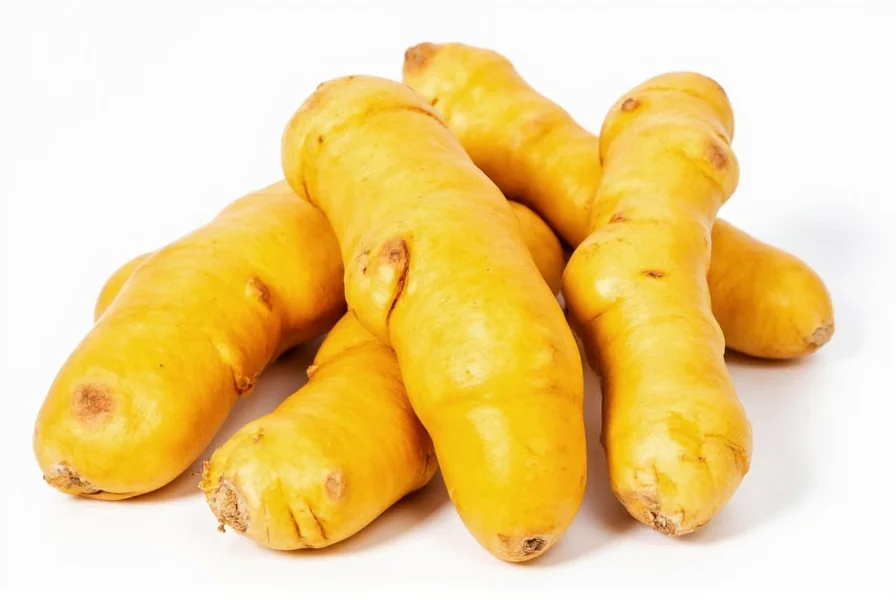When exploring the world of specialty ginger varieties, golden ginger stands out as a remarkable cultivar with distinctive properties that differentiate it from the more common white or yellow ginger found in most grocery stores. This unique rhizome, scientifically classified as Zingiber officinale var. rubrum, has gained attention among chefs, health enthusiasts, and home gardeners for its exceptional characteristics.
What Exactly Is Golden Ginger?
Golden ginger represents a specific cultivar of ginger that develops rhizomes with striking golden-yellow flesh rather than the pale yellow or beige color of standard ginger varieties. Native to Southeast Asia but now cultivated in various tropical regions worldwide, this ginger variety contains higher concentrations of certain bioactive compounds, particularly curcuminoids, which contribute to both its color and potential health properties.
Unlike turmeric—which belongs to the same Zingiberaceae family but is a different genus (Curcuma longa)—golden ginger maintains the characteristic ginger flavor profile while offering visual and biochemical distinctions. The golden hue comes from natural pigments that develop during growth, influenced by soil composition, climate conditions, and specific cultivation practices.
| Characteristic | Golden Ginger | Regular White Ginger |
|---|---|---|
| Flesh Color | Vibrant golden-yellow | Pale yellow to beige |
| Flavor Profile | Milder, less pungent, slightly sweeter | Sharper, more pungent, hotter |
| Curcumin Content | Higher (up to 3x more) | Lower |
| Antioxidant Levels | Elevated | Moderate |
| Availability | Specialty markets, farmers markets | Widely available in supermarkets |
Nutritional Profile and Potential Health Benefits
Research suggests golden ginger may offer enhanced nutritional advantages compared to conventional ginger varieties. The higher curcumin content—while still significantly less than turmeric—contributes to its potent antioxidant properties. Curcuminoids in golden ginger work synergistically with gingerols and shogaols, the primary bioactive compounds in all ginger varieties, potentially amplifying anti-inflammatory effects.
Studies examining ginger varieties indicate that golden ginger's unique compound profile may support digestive health, reduce inflammation markers, and provide antioxidant protection. The milder flavor makes it more palatable for those who find regular ginger too intense, potentially increasing consumption and associated benefits. However, it's important to note that golden ginger should complement rather than replace medical treatments for specific health conditions.
Culinary Applications of Golden Ginger
Chefs appreciate golden ginger for its visual appeal and nuanced flavor profile. The vibrant color adds aesthetic value to dishes without requiring artificial coloring, making it particularly valuable in raw preparations like salads, ceviche, and fruit salads where appearance matters. Its milder heat allows for more generous use in recipes without overwhelming other flavors.
When substituting golden ginger for regular ginger in recipes, consider using approximately 25-30% more by volume to achieve similar flavor intensity. It works exceptionally well in:
- Fresh juices and smoothies (where its color enhances visual appeal)
- Raw preparations like ginger salads or pickled ginger
- Delicate sauces and dressings
- Baked goods where intense ginger heat might be overpowering
- Cocktails and non-alcoholic beverages

Selecting, Storing, and Preparing Golden Ginger
When selecting golden ginger, look for firm rhizomes with smooth skin and no soft spots or wrinkles. The golden color should be visible through any cracks or where the skin has been slightly scraped. Smaller fingers often have more concentrated flavor than larger sections.
Storage methods mirror those for regular ginger: keep unpeeled rhizomes in a paper bag in the vegetable crisper for up to three weeks, or freeze for longer storage. The golden flesh may darken slightly when exposed to air, so prepare just before use or store cut pieces with a squeeze of citrus juice to preserve color.
Where to Find Golden Ginger
Locating authentic golden ginger requires some effort as it remains less common than standard varieties. Your best options include:
- Specialty Asian grocery stores (particularly those focusing on Southeast Asian products)
- Farmers markets in regions with tropical or subtropical climates
- Online specialty food retailers
- Local growers who cultivate heirloom or specialty ginger varieties
Be cautious of products marketed as "golden ginger" that may simply be regular ginger with food coloring. True golden ginger shows its distinctive color throughout the flesh, not just on the surface.

Growing Golden Ginger at Home
Gardeners in warm climates (USDA zones 9-12) or those with greenhouse capabilities can successfully grow golden ginger. The cultivation process mirrors regular ginger but requires specific attention to soil composition. Use well-draining, loamy soil enriched with organic matter, and maintain consistent moisture without waterlogging.
Plant fresh rhizome sections with visible growth buds in partial shade, covering with 2-3 inches of soil. Growth occurs slowly over 8-10 months before harvest. The distinctive golden color develops fully only when the plant reaches maturity, so patience is required. Container growing works well for those in cooler climates—simply bring plants indoors before frost.
Understanding Golden Ginger's Place in Your Kitchen
While golden ginger offers distinctive qualities, it shouldn't be viewed as inherently superior to regular ginger varieties. Each type serves different culinary and potential health purposes. The milder flavor of golden ginger makes it particularly suitable for applications where ginger should complement rather than dominate, while regular ginger remains preferable when pronounced heat and pungency are desired.
As interest in specialty food varieties grows, golden ginger represents an exciting option for expanding your culinary repertoire with its unique visual appeal and nuanced flavor profile. Whether you're a home cook exploring new ingredients or someone interested in the potential health properties of different ginger varieties, understanding what makes golden ginger distinctive helps you make informed choices about incorporating it into your diet.











 浙公网安备
33010002000092号
浙公网安备
33010002000092号 浙B2-20120091-4
浙B2-20120091-4